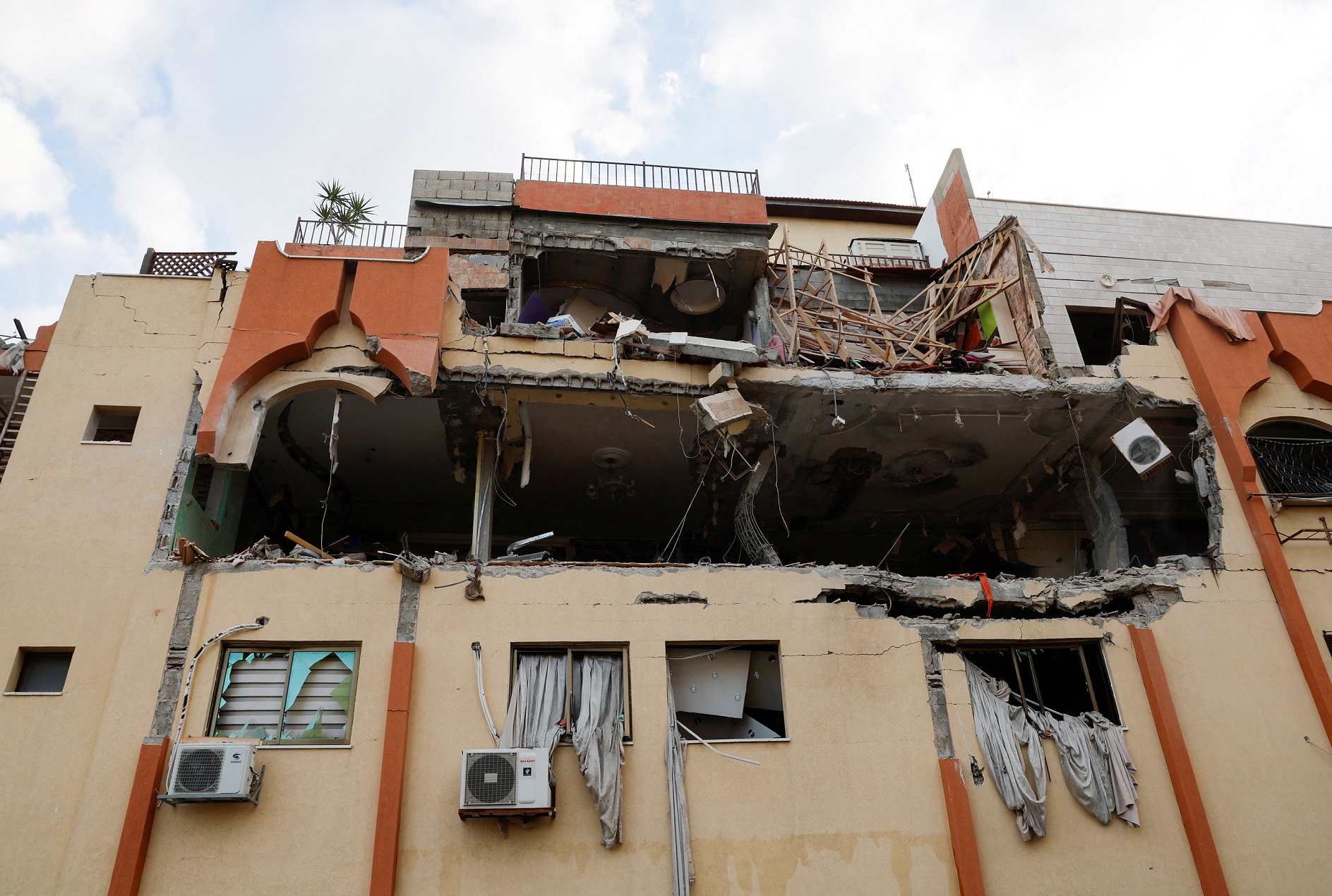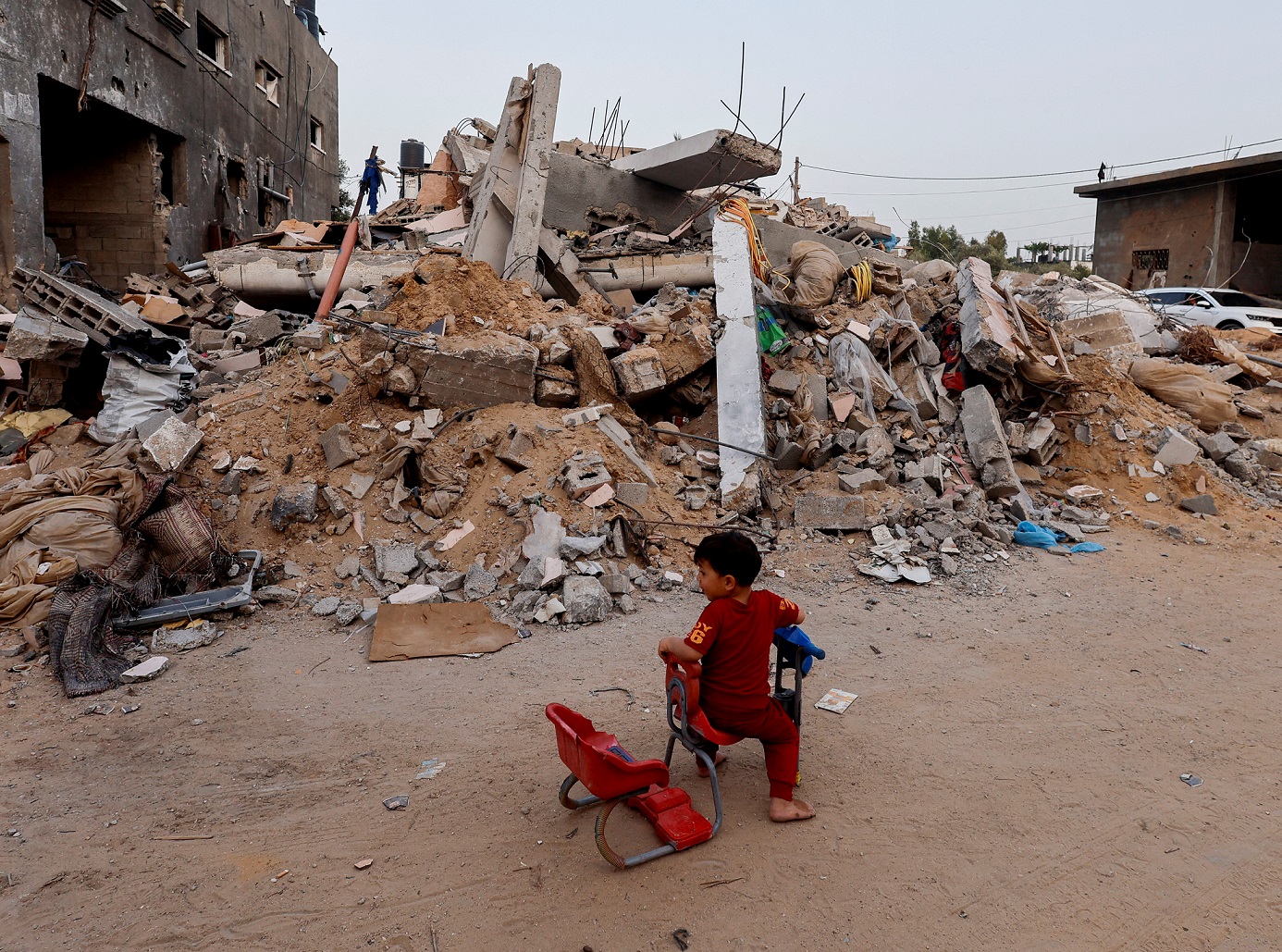Publications
INSS Insight No. 1730, June 19, 2023
On May 9, 2023, the IDF fired the opening shots in Operation Shield and Arrow, when in targeted killings it killed three senior members of Palestinian Islamic Jihad: the commander of the organization in the northern Gaza Strip, the secretary general of the PIJ military council, and a senior commander responsible for directing terror arracks in the West Bank. Ten other people were killed in the attacks, including women and children. The civilian deaths prompted discussion of the specific operation and whether it met the rules of proportionality. Similar debates are sparked every time Israeli leaders promise that the country’s response to an attack by a terrorist organization will be “disproportionate.” This article contends that a large portion of these discussions and related comments are based on an incorrect understanding of the proportionality requirement in the ethcs of war, and that without making any determination about the current operation, it is important to try to understand this requirement and dispel some of the erroneous assumptions relating to it.
International law and the ethics of war dictate that parties engaged in conflict must differentiate between civilian and military targets and permit attacks on the latter only. This legal and ethical principle, called the principle of distinction, forms the bedrock of morality in warfare. Notwithstanding the criticism that this distinction engenders, it is generally accepted that civilians who are not involved in acts of warfare should be immune from attack and must not be the target of military offensives. Despite the immunity afforded to noncombatants, however, it is generally accepted that the rules of warfare permit unintentional harm to civilians or civilian targets as the result of an attack on a legitimate target – as long as it meets the proportionality requirement . This means that the likely benefit of the operation must be weighed against the potential harm it could cause to civilians and noncombatants. This joins the necessity requirement, which stipulates that there is no other way – less destructive and dangerous – to accomplish the goal of the operation.
The primary doctrine that deals with situations in which a certain action inevitably leads to an unwanted consequence in addition to the desired outcome is the doctrine of double effect (DDE). This doctrine differentiates between an intended outcome and an expected but unintentional outcome. How exactly it can be determined whether collateral damage does indeed meet these criteria and whether the harm is proportional are complex questions that do not have one universally accepted answer. Given that there is no general formula for calculating “proportionality,” the answer to these questions is usually reached by means of an ad hoc balance of the reasons and considerations discussed. Yet even without a formula, it is possible to present some clarifications regarding the proportionality requirement and how it should be interpreted.
First, the principle of proportionality demands a balance between the military advantage that will likely accrue from the proposed operation and the harm that is likely to be inflicted on civilians and noncombatants. Other harm that the execution of the operation could cause, particularly harm to the enemy’s forces, is not only excluded from the cost-benefit analysis, but can even, under certain circumstances, be considered one of the benefits of the operation.
In addition, any harm to civilians must be “incidental” – in other words, harm that while possibly predictable is not intentional. A well-known challenge asks, how it is possible that there was no intention to kill children when it was known that they were located close to a target that was considered legitimate and when it was clear that the attack would lead to their deaths? Various litmus tests have been proposed in response to this question. One is the “necessity test,” which asks whether, in the absence of the unintentional consequence, the operation would still go ahead. In the case under discussion here, this means: would Israel have attacked these Islamic Jihad commanders if it knew for certain that no civilians would be killed in the operation? If the answer to the question is affirmative, then the damage is considered expected but not intentional. In contrast, if the actor carrying out the operation would refrain from doing so if there were no collateral damage, then that actor is interested in the negative consequence and intended for it to happen.
Another element of proportionality is the fact that notwithstanding the prevalent interpretation of this principle in the media and in the public discourse, it is a forward-looking requirement, not a retrospective one. According to the laws of warfare anchored in the Protocol Additional to the Geneva Conventions, the following types of attacks are prohibited: attacks that may be expected to cause incidental loss of civilian life, injury to civilians, damage to civilian objects, or a combination thereof that would be excessive in relation to the concrete and direct military advantage anticipated. In other words, in determining whether a specific operation is proportional, the parameter is not the harm caused in the past versus the harm that will be caused by the operation. Rather, the correct comparison is between the existing situation if the operation were not to take place and the harm that would be avoided or mitigated by the operation and the operational benefit that it would yield. Therefore, in deciding, for example, whether to carry out the targeted killing of the leader of a terrorist organization, the relevant question is not what harm that person has caused in the past versus the harm that a targeted killing would cause to noncombatants, but what harm would be prevented as a result of the targeted killing weighed against the harm to noncombatants. Therefore, newspaper headlines proclaiming that the IDF has “tied up loose ends” or alluding to revenge are not compatible with the principle of proportionality. Moreover, the comparison is not made according to the harm caused in reality, but according to the harm that was anticipated when the decision was made, based on the information available to the decision makers. In this context, the decision makers are responsible for trying to ascertain, as far as possible, the extent of the likely collateral damage.
Another important issue within the discussion of proportionality regarding collateral damage stems from the claim frequently sounded that terror organizations conceal their operations in civilian population centers, which they use as human shields. While it is true that the attacks carried out on May 9 did not bear the classic hallmarks of the use of human shields, since the terrorists were attacked in their homes, this is an issue that should be clarified. While under normal circumstances the obligation to avoid harming innocent civilians is fundamental and justified, in cases when the enemy itself exposes civilians to danger, as part of a deliberate strategy, the demand to obey the rule of distinction is accompanied by a blatant sense of injustice: the enemy is violating the rules and cynically taking advantage of the fact that the opposing side abides by these rules – and the price is paid, ironically, by the side that adheres to the rules. The sense is that while it is true that enemy civilians used as human shields are innocent and should not be harmed, since it is the enemy that willingly and knowingly put their lives in danger, the enemy incurs the consequences of these actions. Moreover, adhering to the rule of proportionality in such cases would appear to create an incentive for warring parties to involve civilians in the fighting and could lead to far more civilian casualties.

Even though international law has expressly and strictly outlawed the use of human shields, it does not provide a clear answer on what to do in cases where the enemy violates these rules and uses civilians to protect its assets. However, two principles also apply in these circumstances: first, that those civilians are being held as innocent civilians, and second, that responsibility is not a zero-sum game. In other words, the fact that a terrorist organization is chiefly responsible for the deaths of those civilians does not absolve the attacker from responsibility. The fact that the enemy uses women and children as human shields does not change the fact that these women and children should be considered noncombatants – and as such, does not exempt the other side from the obligation to include the harm caused to them in the proportionality calculation. Therefore, the use of human shields does not grant an automatic license to carry out an operation that will harm them; rather, it obligates the would-be attacker to continue gauging the proportionality of the operation, (also) given this collateral damage.
Politicians and other officials often assert that “Israel will respond disproportionately to any attack on it.” In so doing, they aim to warn the enemy about the strong arm of the IDF and Israel’s intention to respond with force. However, in practice, such comments imply that Israel would violate the international laws to which it is committed and, even worse, would violate basic moral principles. There is a difference between a harsh and significant response and a response that is not proportionate – even though it is clearly difficult to define and measure proportionality. It is necessary, therefore, to understand this difference and deal with the difficulties that it causes, precisely because operations against terrorist organizations make it very hard to differentiate between combatants and noncombatants and it is sometimes impossible to accomplish legitimate military goals without collateral damage to noncombatants. Moreover, as occurred during the attacks in Operation Shield and Arrow, the information needed to determine whether the collateral damage to noncombatants was justified is often classified and concealed from the public. Even though collateral damage to noncombatants can be justified, harming innocent people is always a consequence that should be avoided as much as possible. It is certainly never justified in the name of revenge, and cannot be used to invalidate the innocence of civilians just because they are part of the enemy population.



